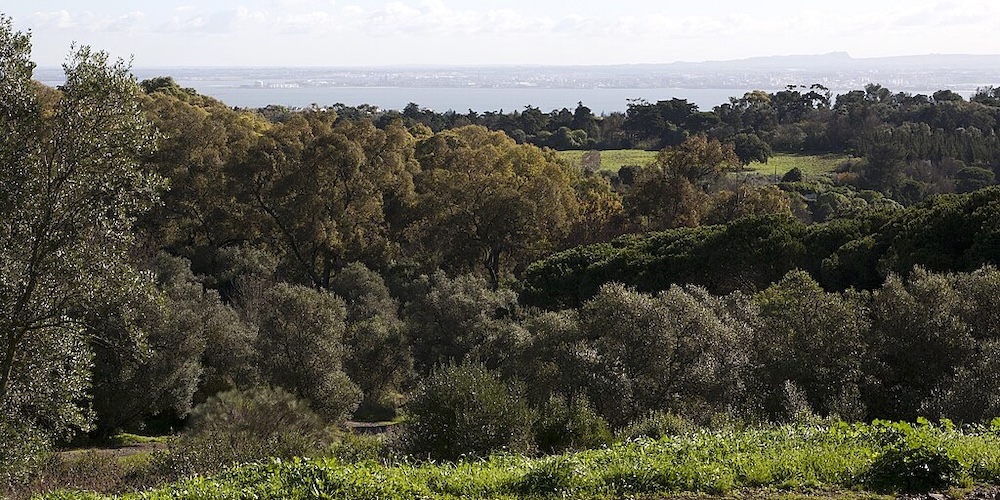Lisboa Region

Lisboa Region, including the capital, is one of the seven designated regions of Portugal. Lisbon is the capital and largest city of Portugal, with an estimated metropolitan population of over three million. It is mainland Europe’s westernmost capital city (second overall after Reykjavik), and the only one along the Atlantic coast, the others (Reykjavik and Dublin) being on islands. The city lies in the western portion of the Iberian Peninsula, on the northern shore of the River Tagus. The western portion of its metro area, the Portuguese Riviera, hosts the westernmost point of Continental Europe, culminating at Cabo da Roca. It is one of the oldest cities in the world and the second-oldest European capital city (after Athens), predating other modern European capitals by centuries. Settled by pre-Celtic tribes and later founded and civilized by the Phoenicians. It is recognised as an alpha-level global city because of its importance in finance, commerce, fashion, media, entertainment, arts, international trade, education, and tourism. It is one of two Portuguese cities (the other being Porto) to be recognised as a global city.

Monsanto Forest Park – ©Manuelvbotelho CC BY-SA 3.0 via Wikimedia Commons
On the westernmost part of Lisbon is Monsanto Forest Park, a 10 km2 (4 square mile) urban park, one of the largest in Europe, and occupying 10% of the municipality.
The area has a Mediterranean climate characterised by cool, rainy winters and warm to hot, dry summers. The average annual temperature is 17.4 °C, with average daily highs of 21.3 °C and lows of 13.5 °C. January is the coldest month and August the hottest. Lisbon receives around 30 inches of precipitation annually, with the majority falling during the autumn and winter months. November and December are the wettest months, contributing to a third of the total annual rainfall. The dry season typically lasts from early June to mid-September, with July and August being the driest months. It has around 2,875 hours of sunshine per year, one of the highest amounts in Europe.
Birding Lisboa
Despite being very urbanised, there is good birding to be had within the city and well within reach for day trips. The Tagus estuary Nature Reserve, one of the most important wetlands in Europe, is only at 20 minutes from Lisbon, and is recognized as a wetland of international importance. Visitors can enjoy the birds, mostly in three freshwater wetlands, with 70 ha, created and managed for birds. Hidden trails and hides that are strategically located. It encompasses an amazing range of different habitats (open water, mudflats, salt marshes, salt pans, rice fields, reed beds, pasture and wooded hills), in a compact area that is a showcase for Portugal’s birdlife. The Sado Estuary is also very close to the capital.

Tagus Estuary Nature Reserve – ©Paulo Valdivieso CC BY-SA 2.0 via Wikimedia Commons
Further afield, a 90-minute drive will get you to the Castro Verde plains where both Little and Great Bustard can be found with birds typical of southern Portugal such as Montagu’s Harrier, Calandra Lark, Black-bellied Sandgrouse and many others.
So, being based in the capital still offers some great days out or local birding.
-
IBA Salinas do Samouco
InformationSatellite ViewManaghed by Fundação para protecção e Gestão Ambiental the Salinas do Samouco complex is open to the public at the weekend. -
NR Boquilobo Marsh
InformationSatellite Viewthe landscape is marked by a huge network of canals, covered by aquatic plants and the willows growing on the banks, where white herons (symbol of the Park) make their nests. This is the largest colony of herons in the Iberian peninsular, who visit the protected area from February/March in order to nidify and remain here until the summer. Impressive for its silence and tranquillity, Paul de Boquilobo is an excellent spot in order to observe various migratory birds that pass through the zone during various seasons of the year. But we don't only find herons here. There is a total of around 200 bird species, most of which are aquatic species, that find shelter in the Paul do Boquilobo zone, that has been justly declared as a biosphere reserve by UNESCO.
-
NR Boquilobo Marsh
InformationSatellite ViewThe landscape is marked by a huge network of canals, covered by aquatic plants and the willows growing on the banks, where white herons (symbol of the Park) make their nests. This is the largest colony of herons in the Iberian peninsular, who visit the protected area from February/March in order to nidify and remain here until the summer. Impressive for its silence and tranquillity, Paul de Boquilobo is an excellent spot in order to observe various migratory birds that pass through the zone during various seasons of the year. But we don't only find herons here. There is a total of around 200 bird species, most of which are aquatic species, that find shelter in the Paul do Boquilobo zone, that has been justly declared as a biosphere reserve by UNESCO. -
NR Tagus Estuary
InformationSatellite ViewThe estuary of the Tagus River is the largest wetland in the country and one of the most important in Europe, a sanctuary for fish, molluscs, crustaceans, and especially to birds that stop-over on their migration between northern Europe and Africa. It is the largest estuary in western Europe, with about 34,000 hectares (84,000 acres), and regularly hosts 50,000 wintering waterfowl
-
Tagus Estuary Nature Reserve
Boat Trips
-
2009 [February] - Honeyguide
PDF ReportThese are some notes from a recce visit to Central Portugal by Rob Macklin and Chris Durdin. We were taken round by Domingos Leitão, who works for SPEA (the Portuguese BirdLife partner) and as an occasional guide for wildlife groups.
-
Photographer - Modesto Viegas
GalleryModesto Viegas é essencialmente um fotógrafo de natureza, no entanto tem especial interesse em grafismos, reflexos, paisagem humanizada e em tudo onde a água contribua com a sua componente estética…
